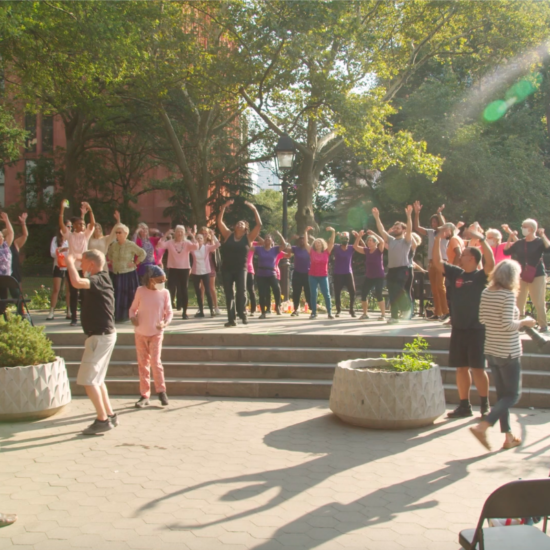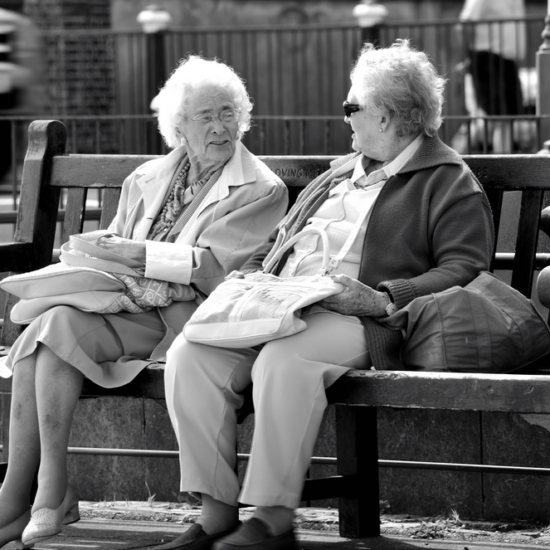We know that most older adults want to age in their own homes and communities, but the environment, health disparities, and lack of home and community supports can make that impossible. More public pressure and outreach can help change the situation.
I was pleased to attend a recent panel at the Association of Health Care Journalists conference which addressed this important issue. One speaker, Sarah L. Szanton, Ph.D., ANP, FAAN, a professor at Johns Hopkins School of Nursing in Baltimore, discussed a vital community based research study, called, CAPABLE, which helps seniors stay safer, and remain in their homes longer.
CAPABLE — or Community Aging in Place – Advancing Better Living for Elders, combines handyman services with nursing and occupational therapy. The program helps to improve mobility, reduce disability, and lower healthcare costs, according to Szanton, who developed the initiative. The results will help to determine if certain services can help older adults maintain their independence longer.
“The highest health care spending happens not when people have several chronic conditions, but when they have functional limitations, she said. “It’s completely unaddressed in current health care system.”
CAPABLE targets individual goals in self care – activities of daily living (ADLs) like bathing and dressing, and independent activities of daily living (IADLs) like cooking, cleaning or food shopping, she explained. It is client-directed, not client-centered, so that goals of the individual are addressed.
An older person may want something straightforward, like the ability to bathe alone. That can be addressed by installing grab bars in the shower. The capacity to cook for one’s self may mean the difference between staying independent at home or being forced to move into a faciltiy. Relatively simple fixes, like adjusting shelves, lowering cupboards or purchasing a microwave are simple, low-cost solutions that go a long way. Improving a person’s confidence while reducing their risk of falls when navigating stairs, can be taken care of by installing handrails on both sides of the staircase. It could determine whether an older person sleeps in their upstairs bedroom or on the living room couch.
CAPABLE clients received six occupational therapy and four RN visits over four months. Szanton said the program has shown “remarkable success,” for less than $3,000, per client. This includes a $1,300 handyman budget. In a randomized clinical trial and as a CMS demonstration project, CAPABLE “significantly reduced” the number of ADL issues over a five- month period among the study population, whose average age was 71.
Additionally, she said, depression among participants improved without medication. And, over the course of two years, the program saved Medicare about $10,000 per patient in preventive health costs, like fewer falls.
Preliminary results were published in the Journal of the American Geriatics Society in 2015. More recently, Szanton co-authored a policy-centered discussion about the importance of home and community based interventions in Health Affairs.
I asked Szanton what was perhaps an unanswerable question: while the Centers for Medicare and Medicaid Services promotes lowering costs, reducing hospital admissions and encourages aging in place, why doesn’t Medicare actually pay for some of these simple ideas that could save thousands of dollars per person over the long term? Apart from supporting small demonstration programs like this, how serious is the government about addressing the needs of the fast-growing older population, who only want to live out their lives in their own homes?
By educating journalists at panels like this one, Szanton is optimistic that the public will pressure policymakers to stop talking about what a good idea aging in place is, and start doing more to actually make it happen.









